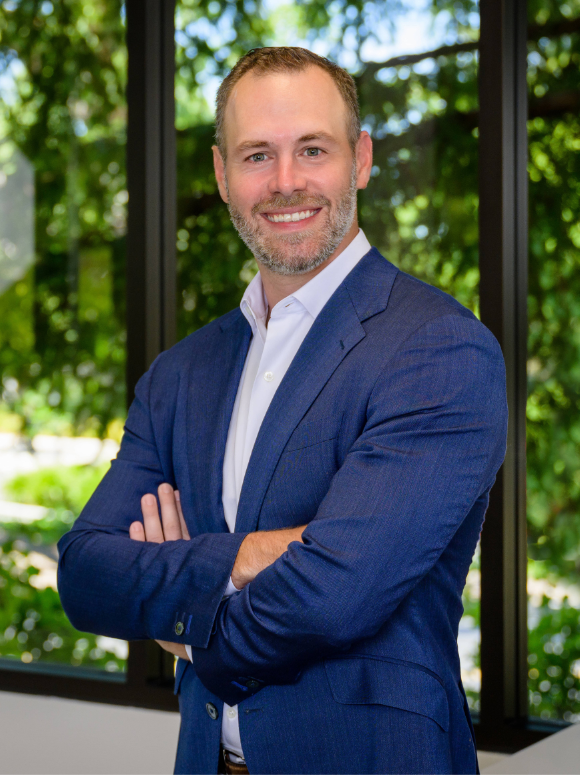Ryan Lanpher, Permira’s co-head of technology and Cristina Fonseca, a serial AI entrepreneur and head of AI at Zendesk, discuss the opportunities presented by Generative AI. The discussion covers the opportunity for incumbents compared to start-ups, the attractive risk-reward for companies of exploring internal AI projects, and views on augmentation versus replacement.
Ryan Lanpher: Cristina, what makes this latest leap in AI different from the ways we’ve seen AI previously used by businesses?
Cristina Fonseca: Mainly, it’s that Generative AI applies sets of models that can generate new data or new content. Whereas older AI spot patterns and make predictions, typically within a narrow parameter, GenAI can recognize the negative sentiment in this sentence, for instance, and it can write poems and make jokes – in other words it can infer and generate new content and data.
Also, its ability to access massive amounts of data means it can produce content that works on multiple levels, which is similar to the way the human brain functions – something AI Scientists have been trying to achieve for a very long time.
Ryan Lanpher: Everyone is talking about GenAI now because Open AI launched its conversational interface, Chat GPT. To AI scientists like you, the potential has long been visible. How significant is this widening of that knowledge and experience?
Cristina Fonseca: It’s a massive breakthrough because suddenly everyone sees the potential, increasing the urgency around commercial adoption to make companies more productive and companies. It has also shifted expectations. People don’t want some convoluted consultancy project. They expect it to work off-the-shelf.
Ryan Lanpher: That’s right, they’ve seen it in action already, so why would they want to spend a year on a complex build when the genie appears to be out of the bottle and on the internet? That being said, big technological shifts don’t always filter through in the way you might expect. We think incumbents are in a good place, particularly those that manage their data effectively. As you know across our strategies, Permira funds back both scaled growth stage and more established companies, so I would be interested in your perspective on whether it is the fast-moving newly formed start-ups or the scaled incumbent platforms with an existing customer base that are best placed to capitalize on this innovation?
Cristina Fonseca: Zendesk is actually my first corporate job, so I've always been biased towards startups. But the ecosystem is changing. Traditionally, startups move faster because they don't have technological baggage with legacy systems. But this time, I believe, is different, and established players with modern tech stacks can really reap the benefits. That’s easy to say, so let me give you some concrete opportunities that Zendesk is currently experiencing.
Lots of use cases, like augmenting existing tasks, such as drafting content or getting inspiration for a marketing campaign, are now off-the-shelf and democratised. Who wins there? Whoever has the relationship with the customers. And that’s precisely what we are experiencing.
Models and more advanced use cases will depend on the effective use of contextual and customer's data to fine tune these models. So whoever has data – and can use it – will win.
Another area where incumbents might have the advantage is trust and privacy. Our customers are very aware of their data, where it resides and how it is used. Here, again, incumbents have an advantage because they have legal teams, frameworks and boundaries in place for a trusted AI deployment.
Where start-ups do have an advantage is speed, but with the right culture and direction, established players can also adapt quickly.
Ryan Lanpher: As Permira works with operators across the portfolio, we are encouraging them to lean into areas where they can accelerate adoption and implementation of AI functionality. How have you seen this mindset shift at Zendesk?
Cristina Fonseca: It’s definitely at the forefront of decisions being made at the board level. We are especially thinking about AI efficiencies as we plan ahead for resources and talent in the next year and beyond. It’s also been the driving force behind new partnerships, like ours with OpenAI.
Ryan Lanpher: There has been a big debate around augmentation versus replacement or automation, and this is an issue that obviously spill us over from technological innovation and into labor markets and even politics. Given that the customer service industry is inevitably going to be at the forefront of that, I would love your perspective.
Cristina Fonseca: Yes, customer service is at the forefront and, in a sense, it has always been low-hanging fruit because of its repetitive, manual task profile. So, while it seems like GenAI has changed everything, we actually are still addressing the same issues we always were. The difference today is how quickly we can deploy solutions to those problems and the much greater awareness and adoption on the customer side.
To me, the first job of AI should be to understand what should be automated and what should not be automated. If that is done well, we can automate where appropriate, and call-in human support when required.
People still have a very important role, and their tasks will become more complex. For instance, AI still needs a lot of human supervision. Who is making sure the procedures, the knowledge base, the articles are complete, accurate and up-to-date? There's an entire AI ecosystem to be created.
Ryan Lanpher: For sure. And on top of the changing nature of work, we know this technology is very likely to help customer support professional having more rewarding and less repetitive work which also can reduce attrition—a real win-win.
Cristina, it’s been fascinating talking with you. We are excited to follow your work as you and the Zendesk team continue to deliver tremendous innovation.








